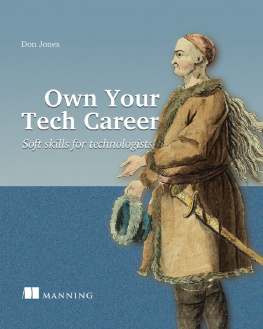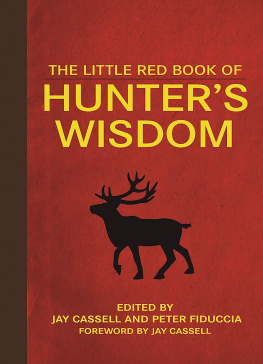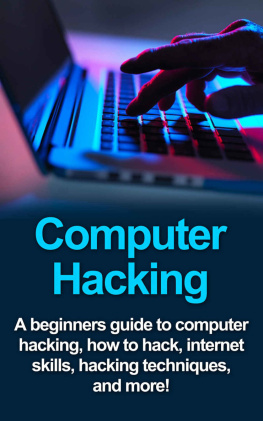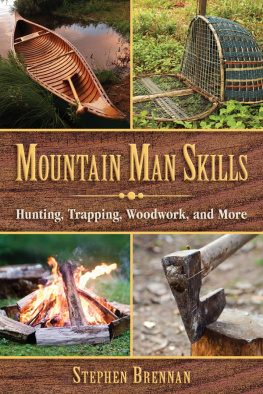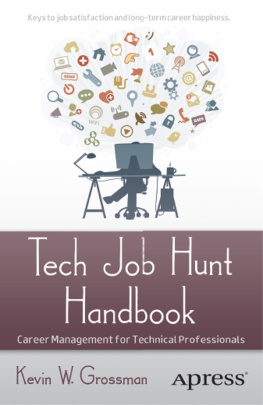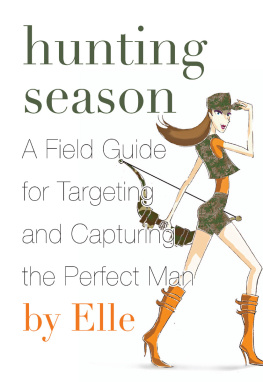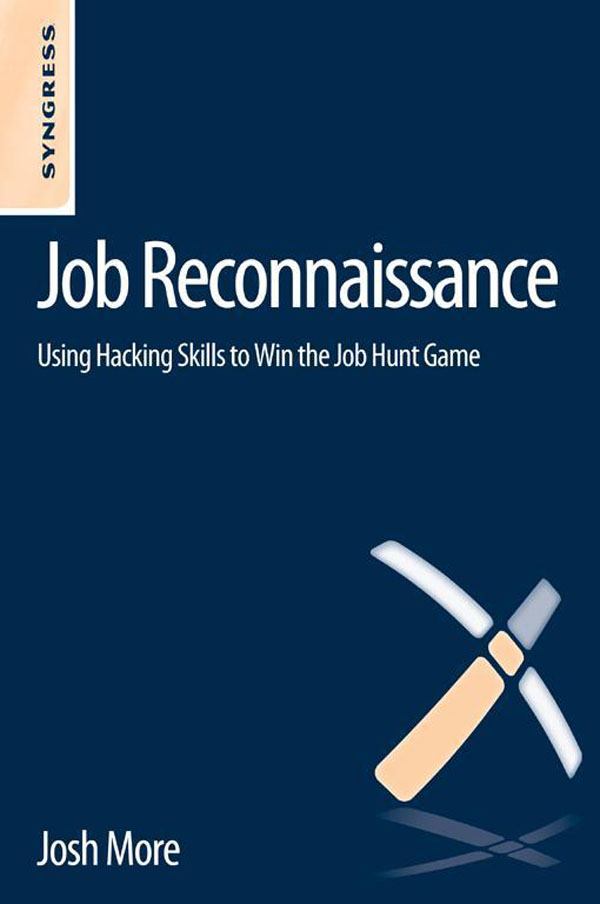Copyright
Elsevier
The Boulevard, Langford Lane, Kidlington, Oxford, OX5 1GB, UK
225 Wyman Street, Waltham, MA 02451, USA
First published 2014
Copyright 2014 Elsevier Inc. All rights reserved.
No part of this publication may be reproduced or transmitted in any form or by any means, electronic or mechanical, including photocopying, recording, or any information storage and retrieval system, without permission in writing from the publisher. Details on how to seek permission, further information about the Publishers permissions policies and our arrangement with organizations such as the Copyright Clearance Center and the Copyright Licensing Agency, can be found at our website: www.elsevier.com/permissions
This book and the individual contributions contained in it are protected under copyright by the Publisher (other than as may be noted herein).
Notices
Knowledge and best practice in this field are constantly changing. As new research and experience broaden our understanding, changes in research methods, professional practices, or medical treatment may become necessary.
Practitioners and researchers must always rely on their own experience and knowledge in evaluating and using any information, methods, compounds, or experiments described herein. In using such information or methods they should be mindful of their own safety and the safety of others, including parties for whom they have a professional responsibility.
To the fullest extent of the law, neither the Publisher nor the authors, contributors, or editors, assume any liability for any injury and/or damage to persons or property as a matter of products liability, negligence or otherwise, or from any use or operation of any methods, products, instructions, or ideas contained in the material herein.
British Library Cataloguing in Publication Data
A catalogue record for this book is available from the British Library
Library of Congress Cataloging-in-Publication Data
A catalog record for this book is available from the Library of Congress
ISBN: 978-0-12-416601-1
For information on all Syngress publications visit our website at store.elsevier.com/syngress

Acknowledgments
This book evolved out of a very long process originating back in 2004, when I pursued my first job found with this process. The journey included finding the job after that and helping several friends find jobs of their own. Along the way, it became two different presentations and one fairly popular blog post. So, first and foremost, this book could not exist without a conversation stretching across almost a decade with a great many people.
In particular, though, I would like to thank Beth Friedman, my copyeditor on this book. Beth drastically improved my language here, so if this book is readable, thank her.
This book involves many issues that could be considered marginally ethical, so I would very much like to thank my beta readers. This book was made significantly better because of the contributions of the information security community, specifically those of Wes Earnest, David Matusiak, Peter Nikolaidis, Michael Rogers, Armond Rouillard, Hord Tipton, Shawna Turner-Rice, and Kris Wicks. These people were able to point out many ethical concerns that I had missed in the first draft, so thanks definitely go out to them.
I would also like to thank my beta readers outside of the information security community: Martin Demello, David Dyer-Bennet, Fred Levy Haskell, and David McLaughlin. There were many others, too numerous to list here, who read the book in partial forms or helped me with the original presentations. Some of their work is listed in the Resources section at the end of this book.
Finally, all graphics in this book were made with the open source tools LibreOffice, Inkscape, and The Gimp. A big thank-you goes out to the multitude of programmers who volunteered years of development to make these tools what they are and to release them for free for everyone.
Introduction
You are about to read a book on job hunting, but its not your usual sort of book.
The usual sorts will teach you individual skillshow to identify what you want to do, how to craft rsums, how to dress, how to interview well, how to negotiate for salary, etc. This book is different. It will teach you a process for getting not just a job, but a job that will make you happy and make you feel fulfilledfor a long time. This book will touch on the individual skills in passing, but its the process thats important, and thats what this book is about.
This book is not intended to stand alone. Many people already own other job hunting books. This book is a supplementa patch, if you willto areas that other books tend not to cover well. You will not find detailed strategies on how to answer interview questions or engage in salary negotiations. You will, however, find a detailed process to discover and use information about prospective companies and the people there. The fundamental thesis behind this approach is that foreknowledge is better than learning after the fact. Anything you can learn ahead of time could save you a catastrophic failure in the interview process, so this book is about information. Its about reconnaissance.
The Ethics of Reconnaissance and Job Searching
Reconnaissance techniques have been developed over centuries. They have been widely used by military forces identifying what the enemy was doing, police forces tracking criminals and potential criminals, spies looking into the actions of other countries, private detectives (and governments) monitoring private citizens, and now, with the Internet, by everyone. As these techniques have been developed and honed, an ethical framework has evolved around them. The more you learn about a person, the more power you have over them. A secret that gets out may have the power to destroy a marriage, someones savings, or even a life. Information shared with a private group, but with the wrong privacy settings, can reveal information that the person would much prefer to stay secret. You must choose where you stand on this issue. Just because the information is available doesnt mean that it is right for you to use it.
This book presumes that you are a mature, trustworthy adult who is passingly familiar with your local and national laws. You can certainly choose to abuse the tools and techniques in this book and manipulate situations to your advantage. However, bear in mind that (as pointed out by Spider-Man) with great power comes great responsibility. One trick is to try to reverse the situation and see how youd feel if the information you found applied to you though you might be smart enough to not post your family information on a church mailing list and your bedroom practices with your lover on a fetish site, not everyone is quite so wise. Even the most innocuous sharing of data can have significant implications. A church mailing list can reveal names, birth dates, and addresses of individuals. Ads on sites like Craigslist and photos uploaded to the web can uncover physical locations, and social networks like Facebook and Twitter can help you discover social relationships. As you go through the process, filter out information that isnt pertinent to the job-hunting process itself and try to respect the privacy of those you are investigating.






